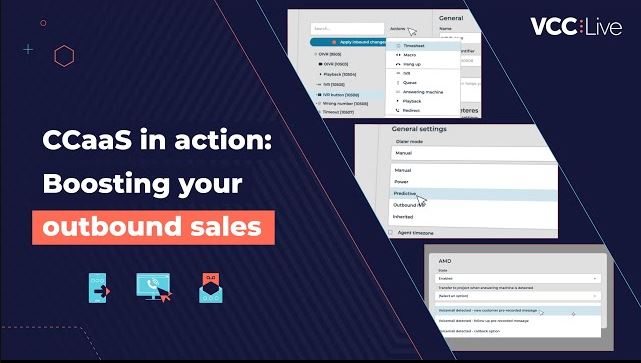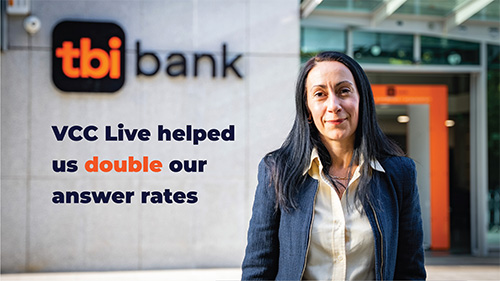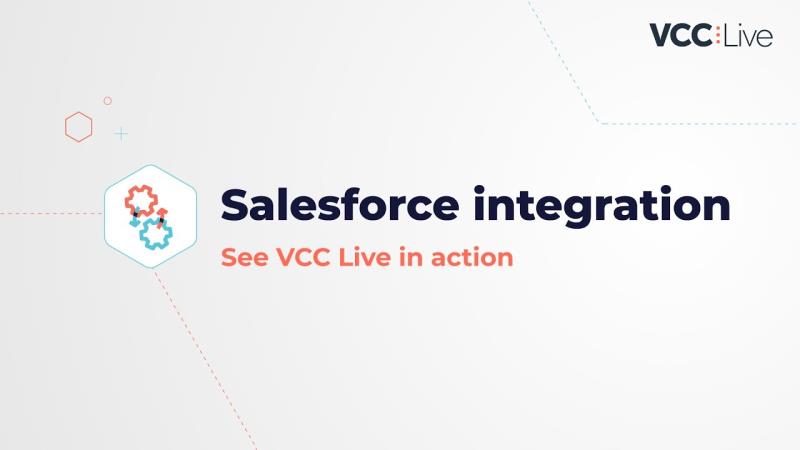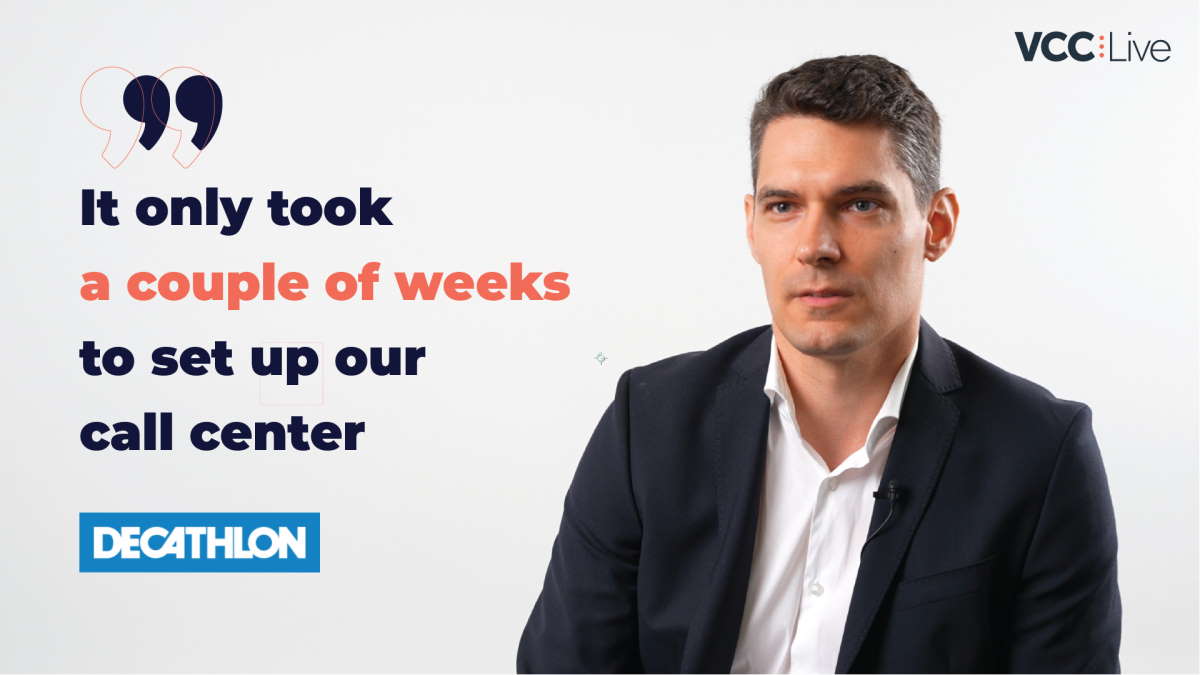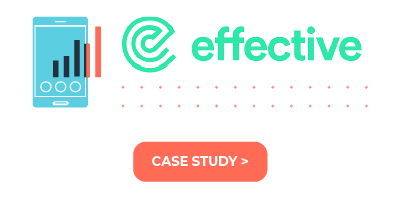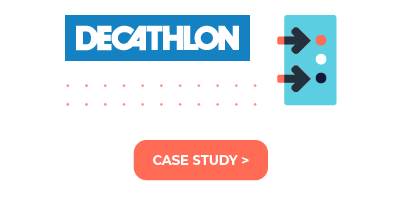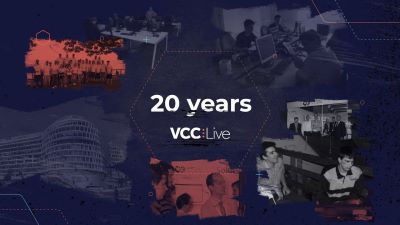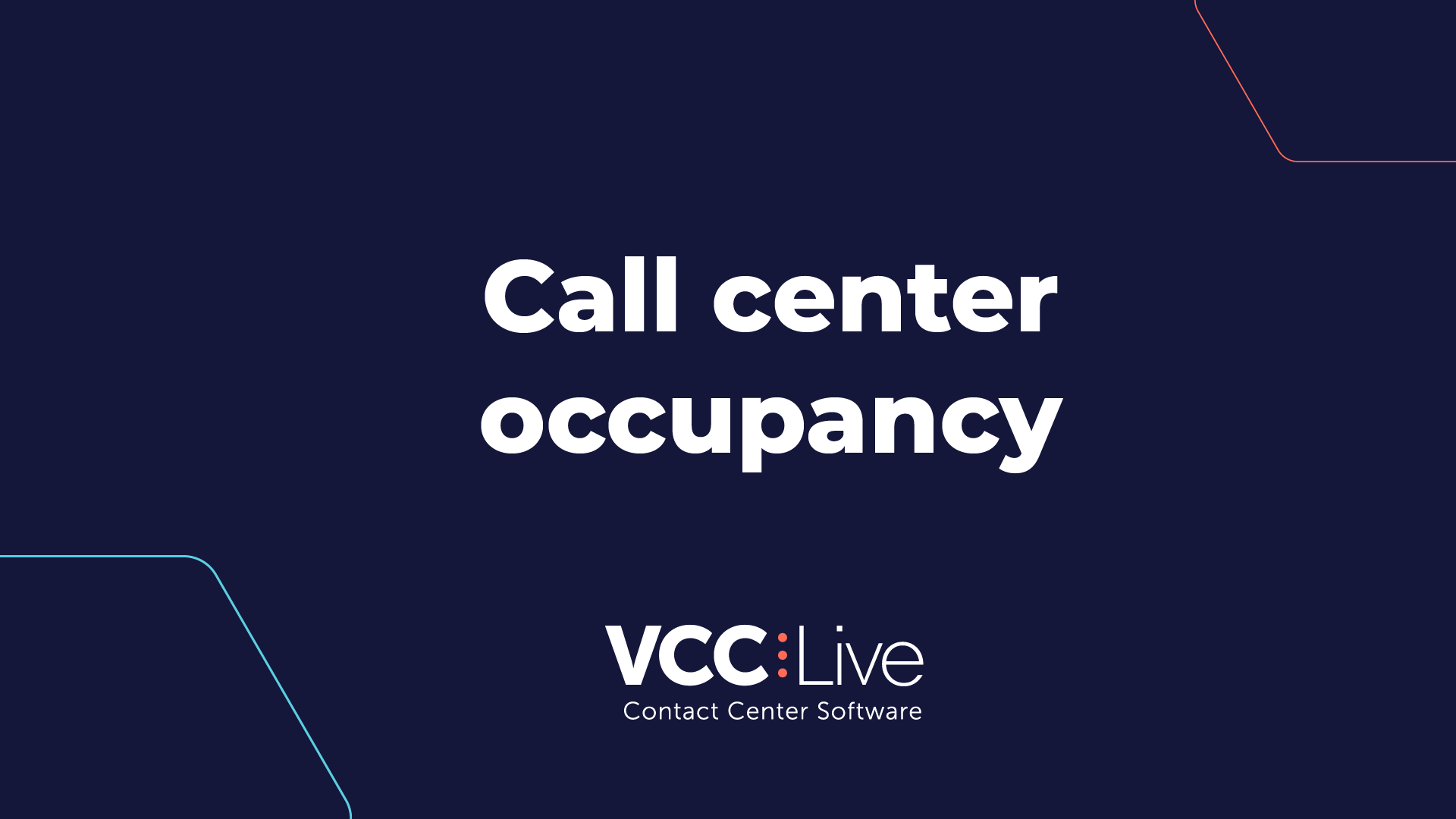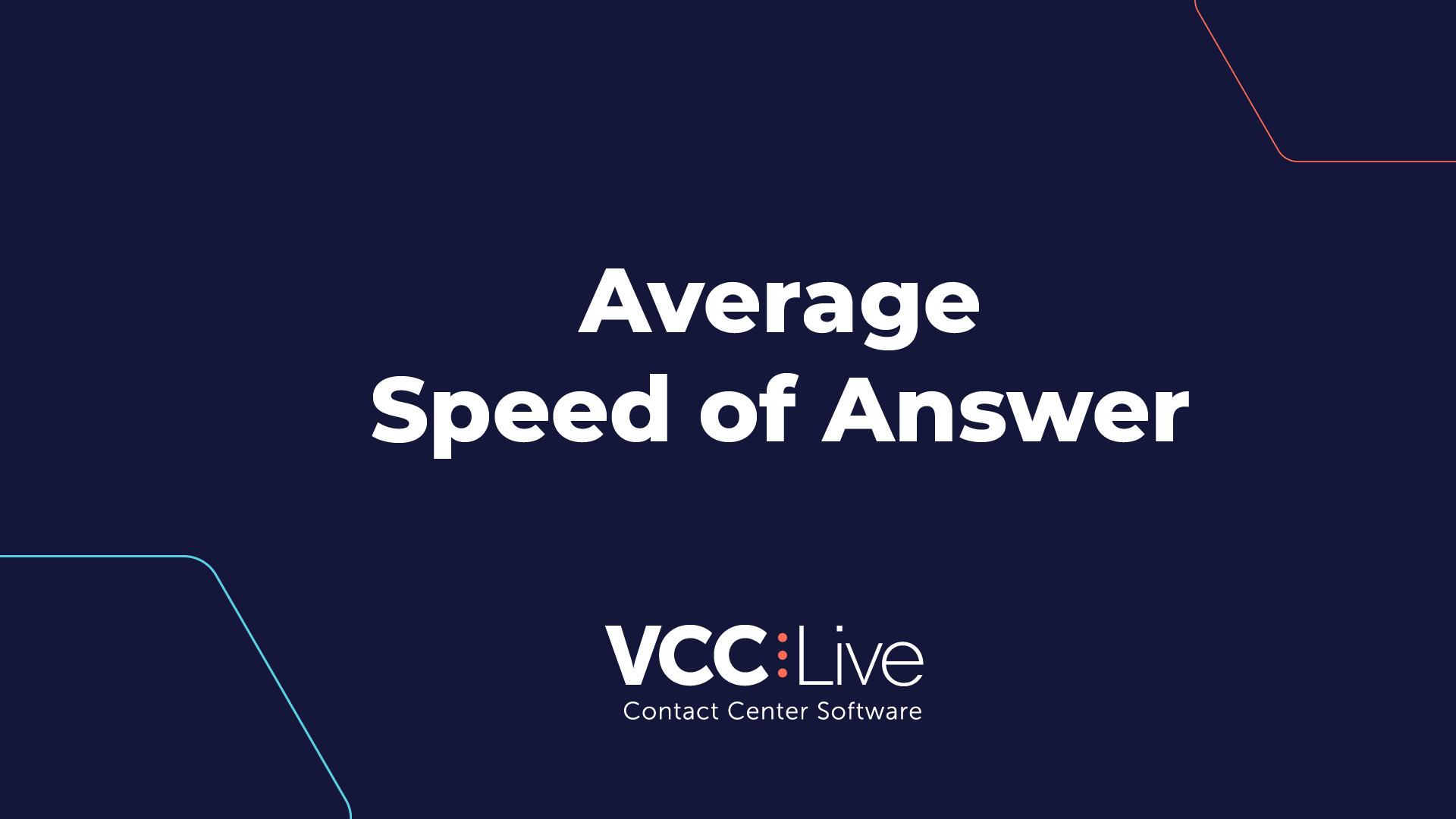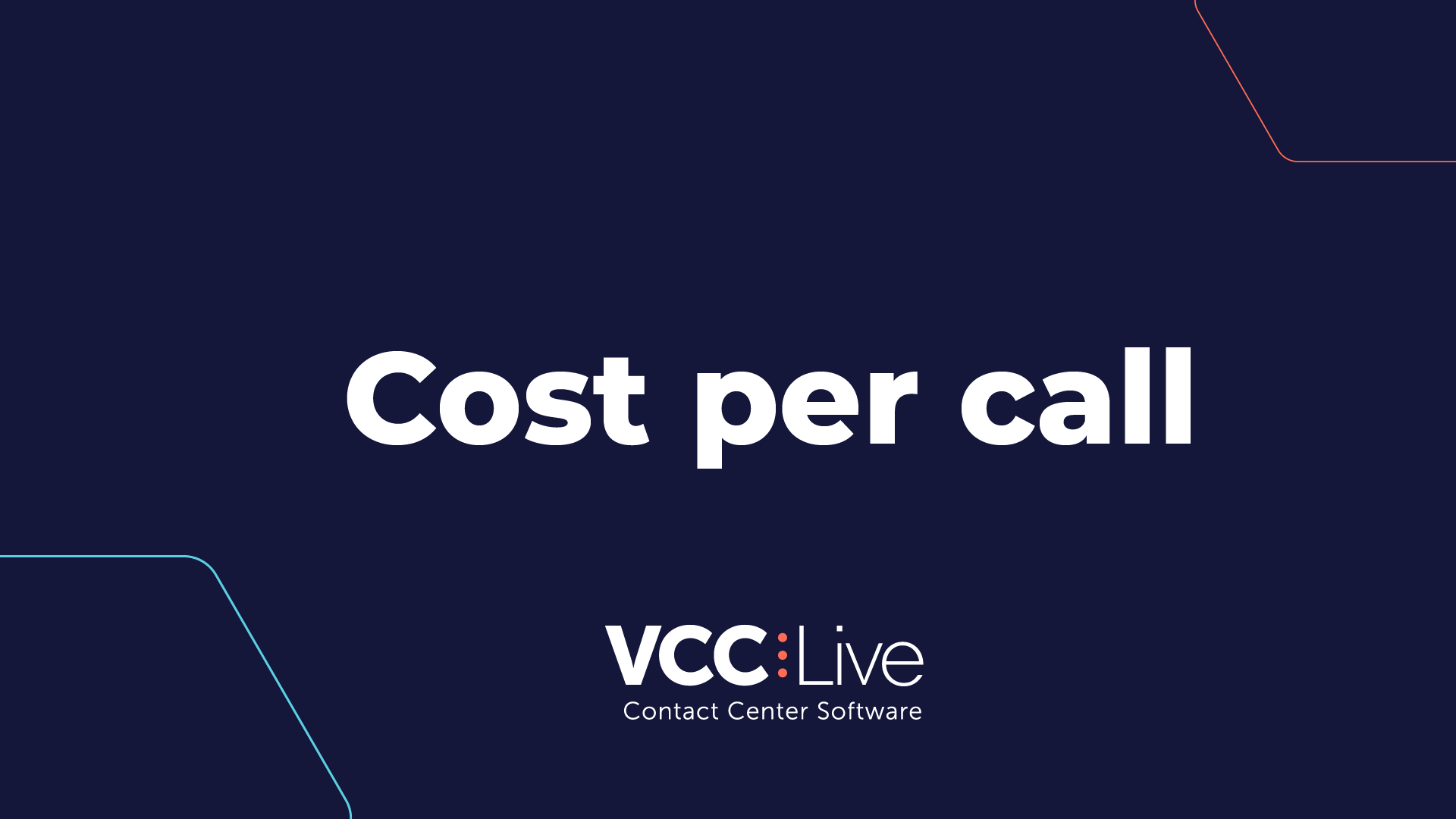In contact centers, Average Talk Time is a key metric used to measure the duration of customer-agent conversations. It provides valuable insights into operational efficiency and customer satisfaction levels. Understanding and managing Average Talk Time effectively is crucial for optimizing contact center performance.
Average Talk Time definition
Average Talk Time (ATT) typically refers to the average duration of a conversation or call, measured from the moment it begins until it ends. This metric is often used in various industries, such as customer service or telemarketing, to evaluate the efficiency and effectiveness of communication. For example, in a customer service call center, the average talk time can indicate how quickly representatives are resolving issues or answering questions.
|
Average Talk Time vs. Average Handling Time
Average Talk Time specifically measures the duration of time that agents spend actively engaged in conversation with customers during calls. This KPI excludes hold time or post-call wrap-up activities. Average talk time is primarily used to assess the efficiency of agent-customer interactions and how effectively agents address customer inquiries.
Average Handling Time (AHT) measures the total duration of time that agents spend handling a customer interaction from start to finish, including talk time, hold time, and post-call wrap-up activities. It contains all aspects of the customer interaction process, including the time spent talking, any time the customer is placed on hold, and any additional tasks performed by the agent after the call ends. Average handling time provides a comprehensive view of the overall efficiency of the customer interaction process, including not only the time spent talking but also any additional time required to complete the interaction.
ATT formula
The formula for calculating average talk time is:
| ATT = |
Total Handling Time−Total Hold Time−Total Wrap-Up Time |
|
| Number of Calls Handled |
Here’s the breakdown of the components:
- Total Handling Time: This is the total duration of all calls, including the time spent actively engaged in conversation, any periods of hold time, and any post-call wrap-up activities.
- Total Hold Time: This represents the cumulative duration of all periods during calls where the caller is placed on hold.
- Total Wrap-Up Time: This is the sum of the duration of all post-call activities, such as entering notes, updating records, or completing any necessary documentation, after the call ends.
- Number of Calls Handled: This refers to the total count of calls handled, including both answered and unanswered calls, within the specified period.
Importance of measuring Average Talk Time
Measuring call center average talk time is important for several reasons.
Efficiency evaluation
Average talk time serves as a key performance indicator (KPI) for assessing the efficiency of call center operations. It helps managers measure how effectively agents are handling calls and whether they are spending an appropriate amount of time on each interaction.
Resource management
By tracking average talk time, call center managers can allocate resources more effectively. They can identify trends and adjust staffing levels or training programs to ensure that agents have the necessary support to handle calls efficiently.
Customer experience
Monitoring average talk time enables call centers to provide a better customer experience. Calls that are too long may indicate inefficiencies or customer dissatisfaction, while calls that are too short may suggest rushed interactions. Finding the right balance helps ensure that customers receive timely and thorough assistance.
Cost control
Longer talk times can increase operational costs, including agent salaries, equipment usage, and infrastructure expenses. By optimizing average talk time, call centers can reduce costs without sacrificing service quality.
Performance improvement
Average talk time provides valuable insights for identifying opportunities for performance improvement. Managers can analyze call data to identify trends, best practices, and areas where additional training or coaching may be needed to help agents improve their efficiency and effectiveness.
Service Level Agreements (SLAs)
Many call centers have SLAs that specify target response times or call durations. Monitoring average talk time helps ensure compliance with these agreements and allows call centers to identify and address any deviations promptly.
Benchmarks for ATT
Average talk time benchmarks can vary depending on factors such as industry, type of contact center, customer needs, and the complexity of interactions. Here are some general industry benchmarks for average talk time:
- Customer service: In customer service-oriented contact centers, the average talk time can range from 3 to 6 minutes per call. This allows representatives enough time to address customer inquiries thoroughly while maintaining efficiency.
- Technical support: These calls often require more time to troubleshoot and resolve issues. The average talk time may range from 6 to 10 minutes per call, depending on the complexity of the technical issues being addressed.
- Sales and telemarketing: In sales or telemarketing contact centers, shorter average talk times are typically preferred to maximize the number of outbound calls. Average talk times may range from 2 to 4 minutes per call, with a focus on quickly conveying information and closing sales.
- Healthcare and insurance: Contact centers in the healthcare and insurance industries may handle complex inquiries that require detailed explanations and compliance with regulations. Average talk times may vary but could range from 5 to 8 minutes per call.
- Emergency services: Emergency service contact centers, such as 911 dispatch centers, prioritize rapid response times. Average talk times may be shorter, typically around 2 to 4 minutes per call, to quickly gather essential information and dispatch assistance.
It’s important to note that these benchmarks are general guidelines and may vary based on specific business needs, customer expectations, and industry standards. Additionally, while average talk time is a valuable metric, it should be considered alongside other key performance indicators (KPIs) to gain a comprehensive understanding of contact center efficiency and effectiveness.
Average Talk Time in action: Example scenario
Using ATT
Let’s consider a telecommunications company that has a call center with 50 agents who handle customer inquiries and technical support issues. The call center management team monitors average talk time closely to ensure efficient operations and high-quality customer service.
The call center management team sets a target average talk time of 5 minutes per call based on industry benchmarks and historical data analysis. They aim to balance efficiency with providing thorough support to customers.
Using call center software, the management team monitors average talk time in real-time and generates regular reports to track performance trends. They compare actual average talk times against the target to identify any deviations and take corrective actions if needed.
Let’s look at the contact center’s numbers:
- Total Handling Time: 12,500 minutes (calculated based on 50 agents working 8 hours a day for 25 days in a month, assuming each agent spends 60 minutes per hour on calls)
- Total Hold Time: 1,000 minutes.
- Total Wrap-Up Time: 1,000 minutes.
- Total Number of Calls Handled: 1,500 calls.
Now, plug these values into the ATT formula:
| ATT = |
12,500 minutes −1,000 minutes−1,000 minutes−1,500 minutes |
|
| 1,500 calls |
| ATT = |
9,000 minutes |
|
| 1,500 calls |
Over a month, the management team notices that average talk time has increased to 6 minutes per call. They analyze call recordings and agent performance data to identify possible reasons for the longer talk times. They find that agents are spending more time troubleshooting technical issues due to recent service upgrades.
To address the increase in average talk time, the management team decides to provide additional training to agents on the new service upgrades and troubleshooting techniques. They also update the call script to include more specific guidance on handling common technical issues.
Monitoring Improvement: After implementing the solutions, the management team continues to monitor average talk time. Over the next month, they observe a decrease in average talk time to 5.2 minutes per call, closer to the target of 5 minutes. This indicates that the interventions were effective in improving efficiency.
The call center management team understands that maintaining optimal average talk time requires ongoing monitoring and adjustment. They continue to analyze performance data, provide training as needed, and make process improvements to ensure that average talk time remains within target ranges.
|
Is Average Talk Time an important KPI for your business?
The importance of average talk time can vary depending on the nature of the contact center and its objectives. Here’s a breakdown of scenarios where average talk time may be more or less important:
Contact centers where Average Talk Time is especially important
- Customer service centers: Contact centers primarily focused on providing customer support should emphasize average talk time. Efficiently resolving customer inquiries while maintaining reasonable talk times is crucial for ensuring customer satisfaction and managing call volume effectively.
- Sales and telemarketing centers: In sales-oriented contact centers, such as outbound sales or telemarketing operations, average talk time is a critical metric. Agents need to strike a balance between providing persuasive sales pitches and keeping call durations short to maximize the number of calls made and opportunities closed.
- Technical support centers: Contact centers providing technical support often deal with complex issues that may require longer talk times for thorough troubleshooting and resolution. While longer talk times may be acceptable in these scenarios, optimizing efficiency without compromising quality is still important.
Contact centers where Average Talk Time is less important
- Emergency response centers: In emergency response contact centers, such as 911 dispatch centers or crisis hotlines, rapid response times and effective communication are paramount. While efficiency is crucial, the focus is more on gathering essential information quickly and dispatching appropriate assistance rather than strictly adhering to average talk time targets.
- Healthcare centers: Contact centers in the healthcare industry, such as medical helplines or patient support services, may prioritize providing comprehensive assistance over limiting talk times. Agents may need to spend adequate time addressing patient concerns, explaining medical information, and ensuring patient satisfaction, even if it results in longer talk times.
- Specialized support centers: Contact centers handling specialized or niche services may prioritize quality of service over strict adherence to average talk time targets. These centers often deal with unique customer inquiries that may require more time for resolution or expertise, and customer satisfaction is key.
In summary, contact centers focused on customer service, sales, and technical support typically place a lot of emphasis on average talk time to ensure efficiency and effectiveness. However, in certain scenarios such as emergency response, healthcare, and specialized support, other factors like rapid response, comprehensive assistance, and customer satisfaction may take precedence over strict adherence to average talk time targets.
Reasons for high Average Talk Time
Several factors could contribute to longer talk times per call:
Complex customer inquiries
If your agents frequently handle complex or technical inquiries that require more time to resolve, it can increase Average Talk Time. Providing additional training or resources to help agents address these inquiries efficiently can help reduce talk time.
Ineffective call handling
Agents may spend more time than necessary on calls due to ineffective call handling techniques, such as poor active listening skills, unclear communication, or ineffective troubleshooting strategies. Providing targeted training and coaching to improve call handling skills can help reduce talk time.
Insufficient agent training
If agents are not adequately trained on product knowledge, processes, or communication skills, they may struggle to handle calls efficiently, leading to longer talk times. Investing in comprehensive training programs and ongoing coaching can help improve agent performance and reduce talk time.
Lack of call center technology
Outdated or inadequate call center technology can hinder agent productivity and efficiency, leading to longer talk times. Implementing modern call center solutions, such as automated call routing, screen pops, and knowledge bases, can streamline workflows and help agents handle calls more efficiently.
Inefficient call routing
If calls are not routed to the most appropriate agent or department quickly and efficiently, it can increase talk time as agents spend more time transferring calls or trying to resolve inquiries outside their expertise. Optimizing call routing algorithms and processes can help reduce talk time and improve overall efficiency.
Understaffing or overloading
If your contact center is understaffed or agents are overwhelmed with high call volumes, it can lead to longer talk times as agents struggle to keep up with demand. Ensuring adequate staffing levels and workload management strategies can help reduce talk time and improve agent productivity.
Inadequate performance monitoring
Without proper monitoring and feedback mechanisms in place, agents may not be aware of their performance or areas for improvement, leading to longer talk times. Implementing robust performance monitoring tools and providing regular feedback and coaching can help agents optimize their performance and reduce talk time.
Addressing these factors and implementing strategies to improve efficiency, agent performance, and call handling processes can help you achieve your desired average talk time in your contact center.
Technology can help
Using an up-to-date contact center software solution is crucial for achieving your desired Average Talk Time results. It can automate administrative tasks so agents can focus on helping customers the best they can within a timeframe that is aligned with your goals.
